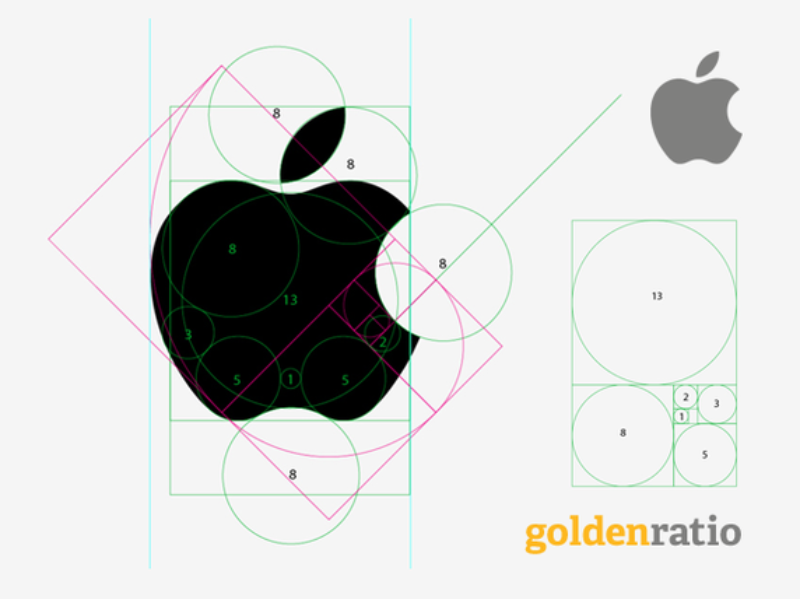The golden ratio, also known as the golden section or divine proportion, is a mathematical ratio that has been used in art, architecture, and design for centuries. It is defined as the ratio of the length of one part of a whole to the length of the other part, with the ratio being approximately 1.61803398875.
In design, the golden ratio can be used to create visually appealing and harmonious compositions. It is believed that the golden ratio creates a sense of balance and proportion that is pleasing to the eye, and as a result, it has been used in a wide range of design applications, including graphic design, web design, and architecture.
One of the main reasons that the golden ratio is so important in design is because it helps to create a sense of balance and harmony in a composition. When elements in a design are arranged according to the golden ratio, they tend to flow together seamlessly, creating a cohesive and visually appealing whole.
In addition to creating balance and harmony, the golden ratio is also believed to have a psychological impact on viewers. Some studies have shown that people find designs that adhere to the golden ratio more attractive and aesthetically pleasing, and that they are more likely to remember and respond positively to designs that use this ratio.
The golden ratio has been used in a variety of famous works of art and architecture throughout history, including the Parthenon in Athens, the Mona Lisa, and the Great Pyramid of Giza. Today, it continues to be an important tool for designers looking to create visually appealing and harmonious compositions.
So, if you're a designer looking to create a visually striking and harmonious design, consider incorporating the golden ratio into your work. By using this timeless mathematical ratio, you can create compositions that are aesthetically pleasing and have a lasting impact on your viewers. So, the golden ratio is an important aspect to consider in design.



Dejar un comentario
Este sitio está protegido por hCaptcha y se aplican la Política de privacidad de hCaptcha y los Términos del servicio.